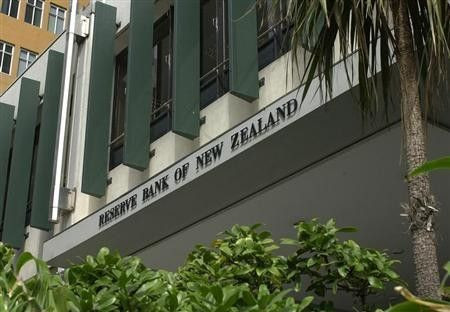New Zealand Economy Surges Ahead Of Australia As RBNZ Continues To Hold Interest Rates

The Reserve Bank of New Zealand has decided to leave interest rates unchanged at 3.5 percent. A prolonged rate of stability has pushed the New Zealand dollar to climb higher by 0.27 percent at 0.963 Australian cents.
RBNZ Governor Graeme Wheeler said in a statement that the central bank’s projection remains consistent with a period of stability in the official cash rate. However, he declared that future interest rate adjustments will still rely on the flow of economic data.
The Wall Street Journal reports that 11 of the 13 economists it surveyed had expected interest rates to remain on hold. The RBNZ continues to diverge from a global trend given that over 20 central banks in other countries like Australia and Canada have decided to ease their monetary policy since early 2015.
Wheeler said the low global inflation, high exchange rate and the recent drops in oil prices are bringing down inflation in New Zealand. The RBNZ is currently expecting the annual inflation to decline to around zero during the March quarter compared to the same quarter in 2014.
The RBNZ cited strong employment growth, high net immigration and construction activity as the main reasons why New Zealand is outperforming Australia. In 2014, New Zealand’s gross domestic product increased by 3 percent, which is higher than Australia’s GDP at 2.5 percent. New Zealand has a lower unemployment rate at 5.7 percent compared to 6.3 percent in Australia.
Economists noted that New Zealand’s reliance on dairy as its main export product has protected the country from China’s slowing growth. Sound economic management, high business confidence and a stable political environment have also contributed to New Zealand’s growth, reports the Financial Times.
National Australia Bank chief market economist Ivan Colhoun said Australia had outperformed New Zealand during the first part of the commodities boom. It was a time when hard commodities like iron ore had done better than soft commodities like dairy. He noted that economists have seen how things have turned around in the last few years as iron ore prices declined sharply than dairy prices.
ANZ Bank has predicted that the stimulus from the Christchurch rebuild will peak in 2017 at below 2 percent of GDP. The devastating impact of the 2011 earthquake in Christchurch hit New Zealand’s economy at the beginning but the rebuild has boosted the growth of the construction sector.
To report problems or leave feedback on this article, contact: r.su@ibtimes.com.au





















